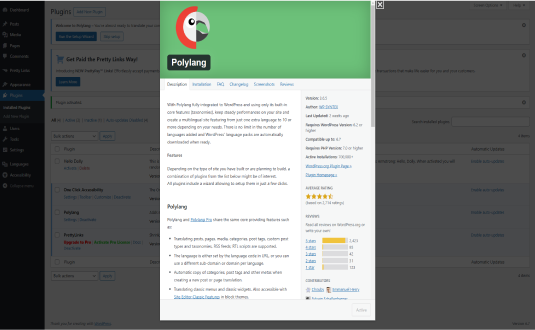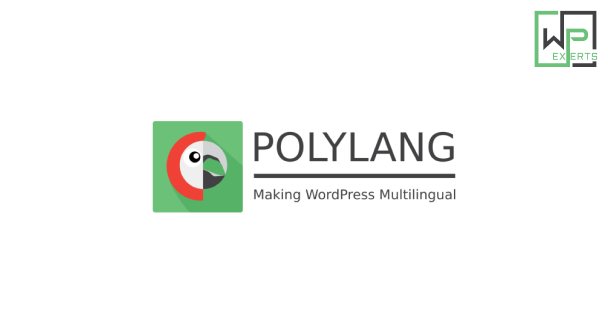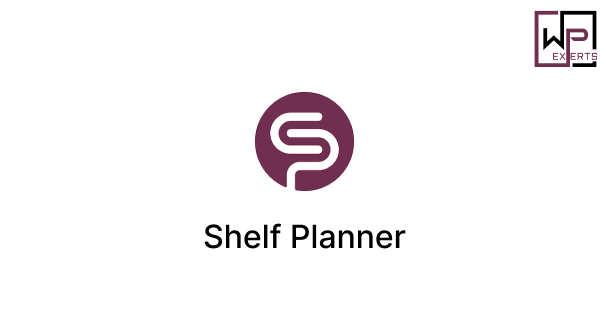Polylang is a powerful and widely-used WordPress plugin for creating multilingual websites. It allows you to translate your site’s content, including posts, pages, categories, tags, menus, widgets, and more, into multiple languages. This plugin is designed to be user-friendly and flexible, making it a favorite choice for website owners looking to expand their reach globally. Here’s a closer look at what makes Polylang popular and how it can help you set up a multilingual website.
Key Features of Polylang

- Multilingual Support: Polylang allows you to add unlimited languages to your WordPress site, enabling you to reach a wider audience. You can create translations for each post, page, category, tag, and custom post type, and assign each to a different language.
- User-Friendly Interface: The plugin integrates directly into the WordPress dashboard, making it easy for users to manage translations without leaving the familiar interface. You can easily switch between languages and view translated content within the same editing area.
- Customizable Language Switcher: Polylang includes a built-in widget to add a language switcher to your site. This feature allows users to easily switch between languages from the front end of your site. You can customize the language switcher to display flags, language names, or both.
- Automatic and Manual Translation: Polylang supports both manual translation, where you can translate content yourself, and automatic translation with integration to third-party services. This flexibility lets you control the quality of your translations while still having the option to use automatic translation as a starting point.
- SEO-Friendly: Polylang is designed with SEO in mind. It generates language-specific URLs, allowing search engines to index each language version of your site. It also supports hreflang tags, helping search engines understand your site’s language structure and serve the correct language version to users based on their location.
- Compatibility with Other Plugins: Polylang works well with a variety of other popular plugins, including Yoast SEO, making it easier to manage SEO settings for each language. Additionally, Polylang is compatible with WooCommerce, so it can support multilingual eCommerce websites.
- Flexible Language Settings: You can define the default language of your site and set separate languages for each page or post. Polylang allows you to keep translations synced across posts and pages, ensuring consistency across languages. You can also create language-specific URLs (e.g., /en/ for English and /fr/ for French), which can help improve user experience and SEO.
- Translation Management: Polylang provides tools for managing translations across your site. You can view all posts and pages by language in the dashboard and filter content by language. This makes it easy to track which posts and pages have been translated and which ones still need translation.
Benefits of Using Polylang for a Multilingual Site
- Increased Reach and Engagement: By offering your website in multiple languages, you can reach a broader audience and engage users from different regions. This can improve your site’s traffic and help establish a global presence.
- Better User Experience: A multilingual website caters to users’ language preferences, making it easier for them to navigate and understand your content. This leads to improved user satisfaction and can increase the likelihood of users returning to your site.
- Enhanced SEO: Polylang’s SEO-friendly features help ensure that each language version of your site is indexed by search engines, allowing you to rank for keywords in different languages. This can improve your search visibility and help drive organic traffic from international search results.
- Control Over Translations: With Polylang, you can choose to handle translations manually or use automatic translations. This gives you control over the quality of your content while offering the flexibility to use automated translations when necessary.
- Professional Image: A multilingual site demonstrates that your brand is professional and customer-centric. It shows that you are willing to invest in reaching audiences across different languages and cultures.
How to Set Up Polylang on Your WordPress Site
Setting up Polylang is straightforward:
- Install and Activate Polylang: Go to your WordPress dashboard, navigate to Plugins > Add New, and search for “Polylang.” Click “Install Now,” and then activate the plugin.
- Configure Language Settings: After activation, go to the Polylang settings page. Here, you can add the languages you want to support on your site. For each language, you can select the language code, name, and flag icon. You can also set the default language for your site.
- Add Translations: Once you have set up your languages, you can start creating translations for your content. For each post, page, category, or tag, you will see an option to add translations. Click on the “+” icon next to the language, and you will be taken to a new editor where you can add the translation.
- Add a Language Switcher: Go to Appearance > Widgets and add the Polylang language switcher widget to your site’s sidebar, footer, or other widget areas. You can customize the switcher to display languages as flags, names, or a dropdown menu.
- Sync Content Between Languages: Polylang offers the ability to sync certain post and page elements between translations, such as categories, tags, and featured images. This can save time and help maintain consistency across language versions of your site.
- Test Your Translations: Before going live, make sure to test your site thoroughly in each language. Check that the language switcher works correctly, and verify that all content displays as expected in the translated versions.
Polylang Pro vs. Free Version
Polylang offers both a free version and a premium version, Polylang Pro, which includes additional features:
- Enhanced Compatibility with Themes and Plugins: Polylang Pro offers better integration with themes and plugins, reducing compatibility issues.
- Automatic Redirect Based on Browser Language: This feature automatically redirects users to their preferred language based on their browser settings, improving the user experience.
- Advanced Synchronization Options: Polylang Pro includes more options for syncing content between language versions, making it easier to manage complex sites.
- Multilingual eCommerce Support: Polylang Pro offers improved compatibility with WooCommerce, making it a better choice for multilingual online stores.
Common Challenges and Solutions
- Translation Consistency: Managing translations for large websites can be challenging. Polylang’s translation management tools help you stay organized and ensure that translations are consistent.
- SEO Configuration: Setting up multilingual SEO can be complex. However, Polylang’s compatibility with SEO plugins and its support for hreflang tags make it easier to manage multilingual SEO.
- Automatic vs. Manual Translation: While automatic translation can save time, it may not provide accurate translations for all content. For critical content, it’s best to review and refine translations manually.
Final Thoughts
Polylang is a versatile and user-friendly solution for creating a multilingual WordPress website. Its wide range of features makes it suitable for small blogs as well as large corporate websites. By offering support for unlimited languages, customizable language switchers, and SEO-friendly configurations, Polylang enables website owners to reach a global audience without compromising on content quality or user experience. Whether you’re looking to create a multilingual blog or an international online store, Polylang can help you expand your site’s reach and improve engagement across different languages and cultures.




